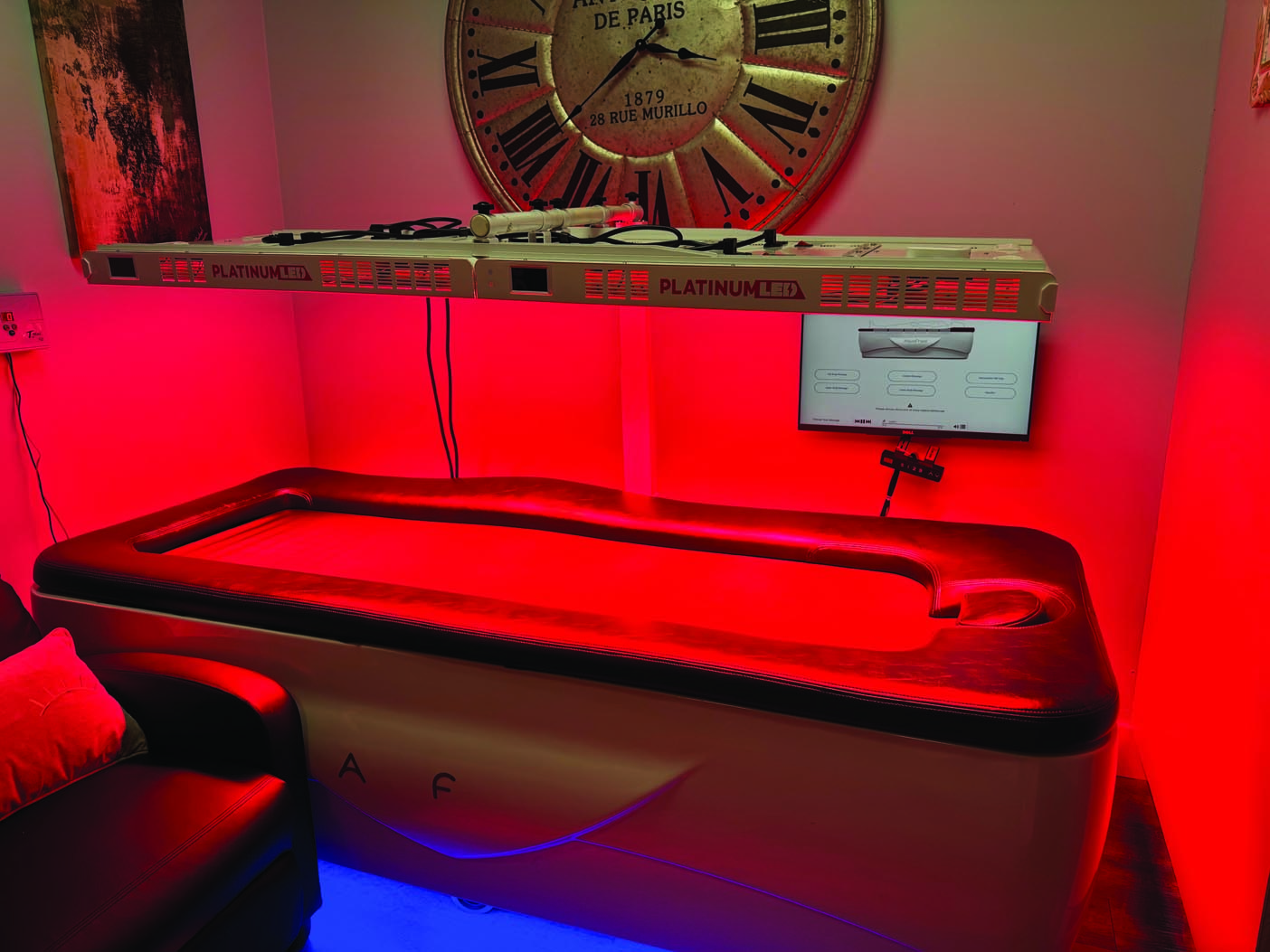As I filter through many of the media reports on indoor tanning, I typically find several that include commentary on regulation of the industry – or the lack thereof. Those who are against our industry have made comments suggesting that tanning facilities, for the most part, are largely unregulated. Seriously?[gap height=”15″]
Here’s a quick tutorial. From the beginning days of our industry, use of indoor tanning equipment has been regulated by the U.S. Food and Drug Administration. Originating in 1979, the FDA’s 21CFR1040.20 provides control and oversight that covers such parameters as eye protection, sunlamp compliance, exposure schedules and timer devices. What’s NOT covered by these regulations? Well, for example, the sanitization of eyewear and sunbed acrylic shields, tanner registration info and a minimum tanning age. Those may be controlled by individual states. However, in recent years, the FDA has made a few changes to this CFR (Code of Federal Regulations) and proposes even more. From their informational website: “the FDA already requires indoor tanning devices to be labeled with a visible, black-box warning stating that they should not be used by people under age 18. [gap height=”15″]
We know that the effects of exposure to UV radiation add up over one’s lifetime. Therefore, UV radiation exposure in youth and teenagers puts them at a greater risk for skin and eye damage later in life. That’s why the FDA now is proposing a rule to protect youth from the risks of these devices by restricting use only to adults age 18 and older. This proposed rule also would require indoor tanning facilities to inform adult users about the health risks of indoor tanning and to obtain a signed risk acknowledgement from these users.”[gap height=”15″]
Well, that may cover tanning facilities, but does absolutely nothing to protect youths from the harsh extremes of natural sunlight that result in overexposure and possible erythema (sunburn). [gap height=”15″]
The FDA also has proposed a second set of rule changes. “If the FDA’s second proposed rule on sunlamp products (regarding performance standards) becomes final, it would require manufacturers and indoor tanning facilities to take more actions to protect consumers. (Performance standards, among other things, help ensure devices function as intended, which can help reduce risks to consumers. Some of the key proposed changes would include:[gap height=”15″]
Changing requirements for warning statements to make them more effective;[gap height=”15″]
Improving eye safety by adding requirements that would limit the amount of visible light allowed through protective eyewear to protect consumers’ eyes from intense light;[gap height=”15″]
Improving labeling on replacement bulbs so tanning facility operators make sure they are using the correct bulbs, reducing the risk of accidental burns;[gap height=”15″]
Preventing changes to devices (for instance, preventing manufacturers from installing stronger bulbs) without re-certifying and re-identifying the device with the FDA; and[gap height=”15″]
Requiring all sunlamp products to have an emergency shut-off switch (or panic button) that users can easily find and identify by touch or sight.[gap height=”15″]
As the owner of a tanning facility, you should be well versed in industry regulations. It’s easy to get up to speed – simply visit sunislife.com and take the certification program. We’re open online 24/7![gap height=”15″]
From the beginning days of our industry, use of indoor tanning equipment has been regulated by the U.S. Food and Drug Administration’s 21CFR1040.20. [gap height=”15″]






















